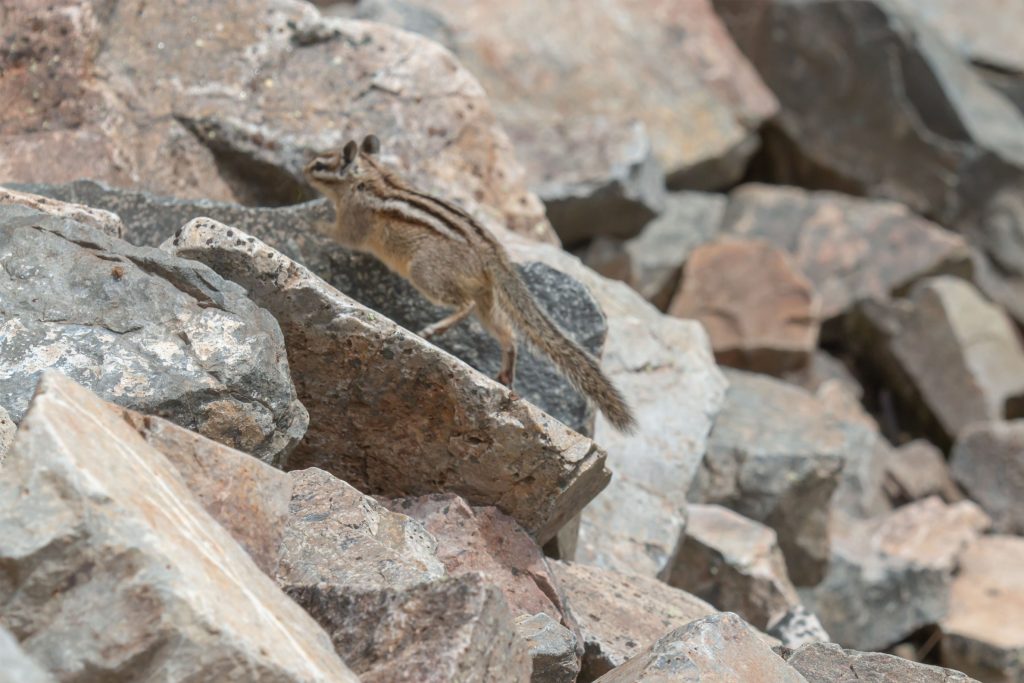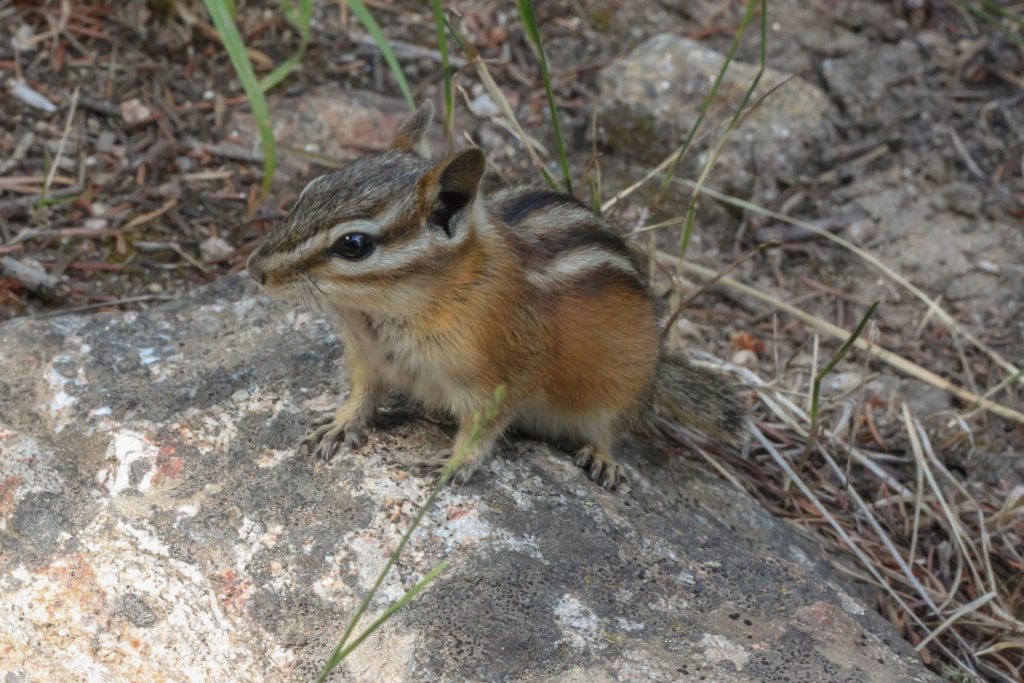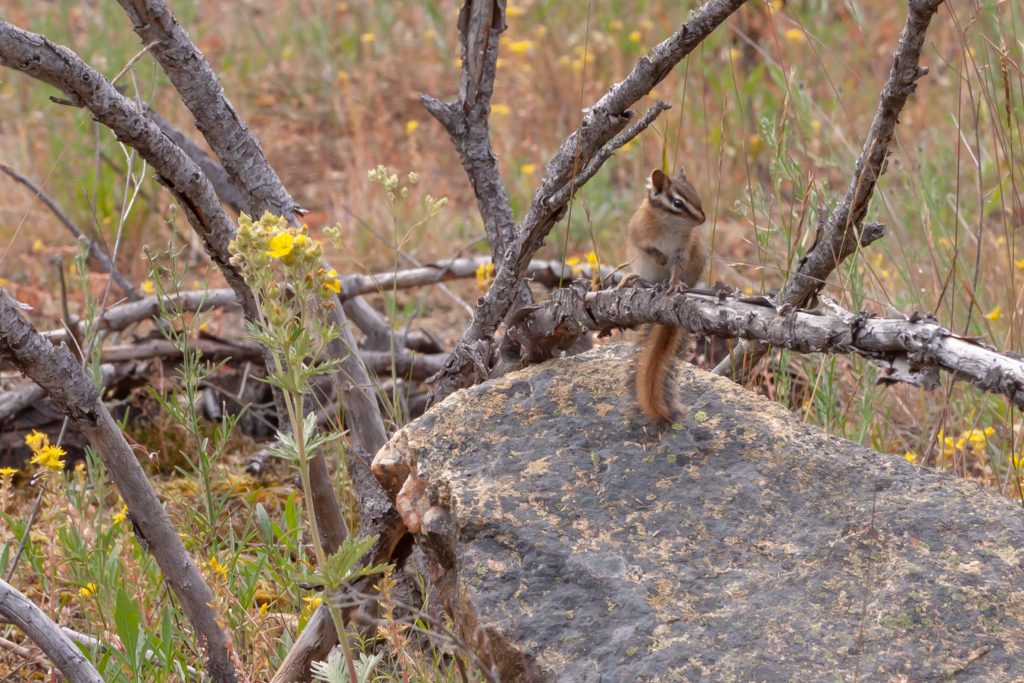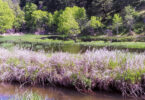
First sighting for 2019
The photo above hints at a typical encounter with this small mammal, it is running away from you for cover. It is only 8.5 inches in length (Reid 2006) nearly half of which is tail. This mammal does not undergo extended hibernation, it does not put on enough body fat to do so. It awakes to feed from food caches about every two weeks; this strategy works well as 97% survive winter (Whitaker, Jr. 1996) . It not unusual to see one scampering in the forest with snow on the ground. However, it wasn’t until yesterday that I detected one.

The geographic range of this chipmunk is the Pacific Northwest including much of southern British Columbia (Bowers, Bowers and Kaufman 2004). There are 21 other chipmunk species in North America. They can be difficult to identify. Colors and pattern are helpful field marks, but so are habitat, range and call notes (Reid 2006).

Mathews (2003) highlights chipmunk features: fur-lined cheek pouches, hand-like front feet, large food caches and arboreal usage at times. All references note the omnivorous nature of this and other chipmunks. Seeds, flowers, buds, fungi, insects are the main food items.








This little guy is cute. I wish we had chipmunks around our house. We only have the squirrels. My mom has a few up at their home in WI. I think they are so cute. I didn’t know that there are so many different species of them. Wow !!!
Sharon, Eastern Chipmunk is found all over Minnesota…even in suburban settings. Bird seed on the ground could eventually attract some, especially if there is a park nearby 😉